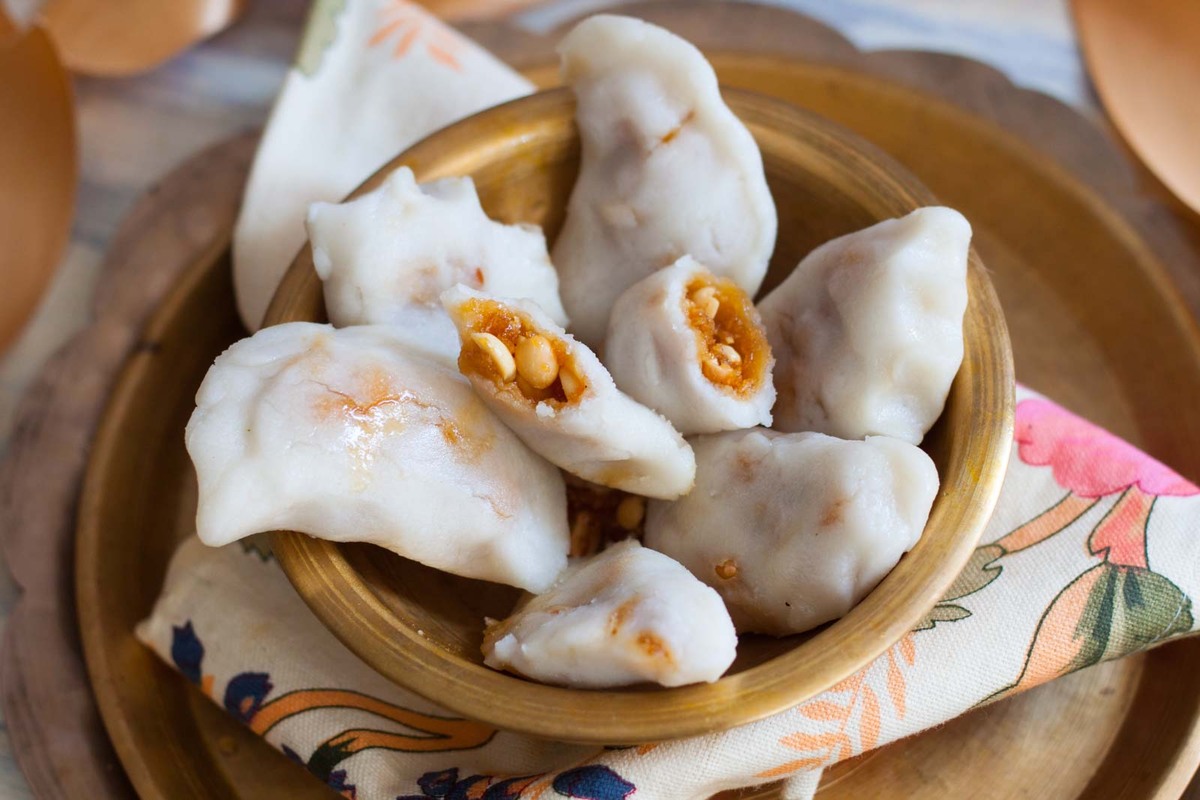Locals of Motijheel, Chinsurah recollect memories of Pratul Mukhopadhyay
The renowned Bengali-language singer Pratul Mukhopadhyay was a creative artist and songwriter.
You will fall in love with Bengali cuisine again when you try these popular pithe recipes. Check them out!

Puli
West Bengal and Bangladesh offer a wide variety of pithes. Different types of pithe have some basic ingredients in common, but different recipes and cooking styles.
Every foodie’s heart belongs to Bengali cuisine. You’ll never forget the flavours and aroma of this rich, versatile dish. The food in Bengal changes with the seasons. Summer brings along soul-soothing aam tok and aam dal, while monsoon brings khichudi (khichdi) and bhaja. Likewise, the winter season brings on a craving for delicious pithe and payesh. What is pithe? The recipe consists of freshly prepared palm and date jaggery (nolen gur and khejur gur), scented rice flour, milk, and coconut in a palm-sized sweet treat. Today, pithe is available at numerous sweet shops, but it is generally prepared at home by a typical Bengali family. It is a tradition for every Bengali to prepare pithe during the winters. If you visit any house in Bengal (and Bangladesh) during this time of the year, you will be welcomed with hot and fresh pithe as well as gur-er payesh (gur ki kheer). Additionally to Bengal, pithe is also celebrated in Bihar, Assam, and Odisha in Eastern India.
Advertisement
You can find a variety of pithe throughout West Bengal and Bangladesh if you explore. Despite having some similar ingredients (such as rice flour and gur), the different types of pithe have different recipes and cooking styles. The steamed ones are bhapa pithe, while others are rosh bora and kheer (kheer puli). As well as deep-fried pithe, you can also find baked pithe (chitoi pithe) and deep-fried pithe (bhaja puli). Additionally, each pithe variety has its own name, shape, and size. There are so many varieties of pithe. Sounds interesting, doesn’t it?
Advertisement
You will fall in love with Bengali cuisine again when you try these popular pithe recipes. Check them out!
5 Delicious Pithe Recipes That You Must Give A Try:
Advertisement